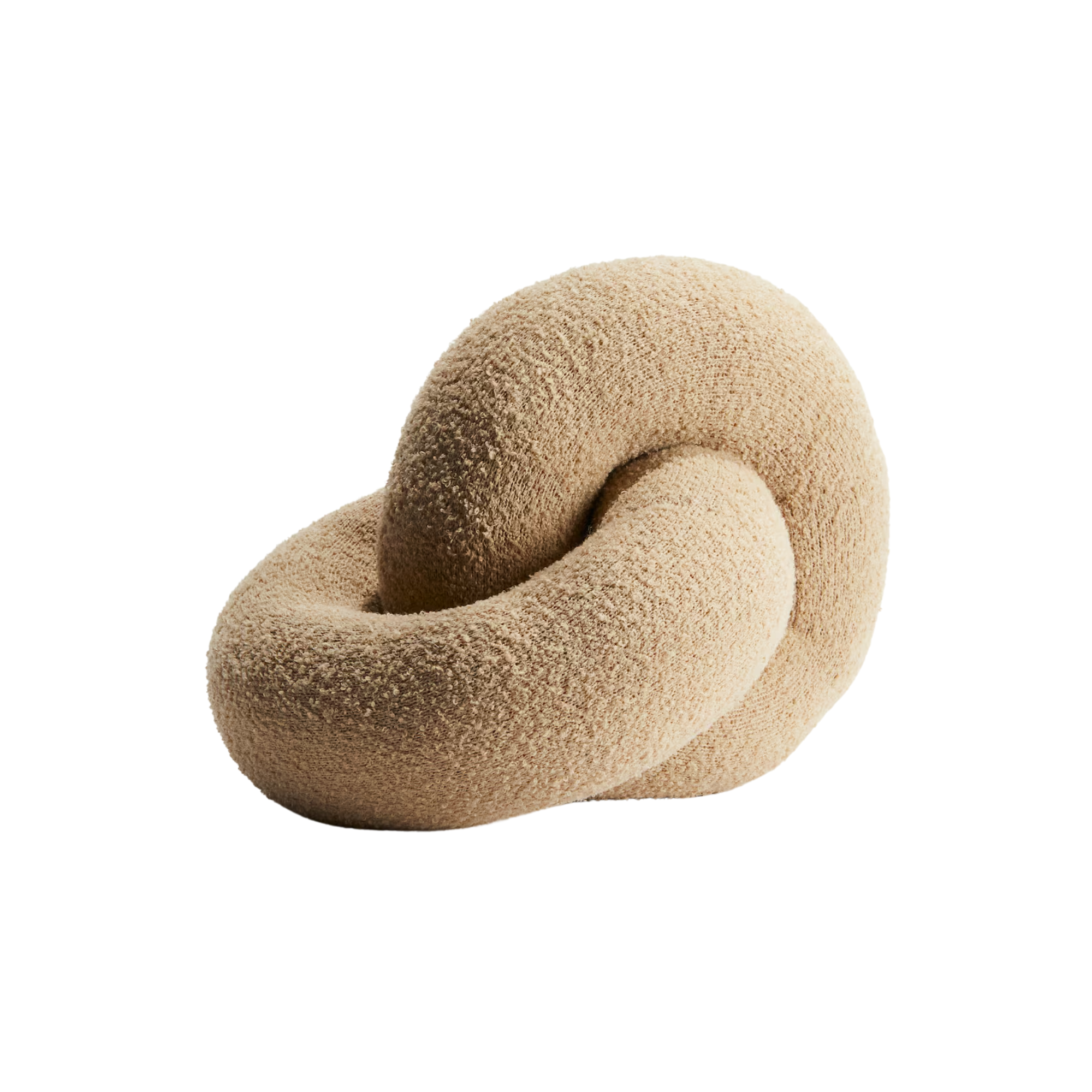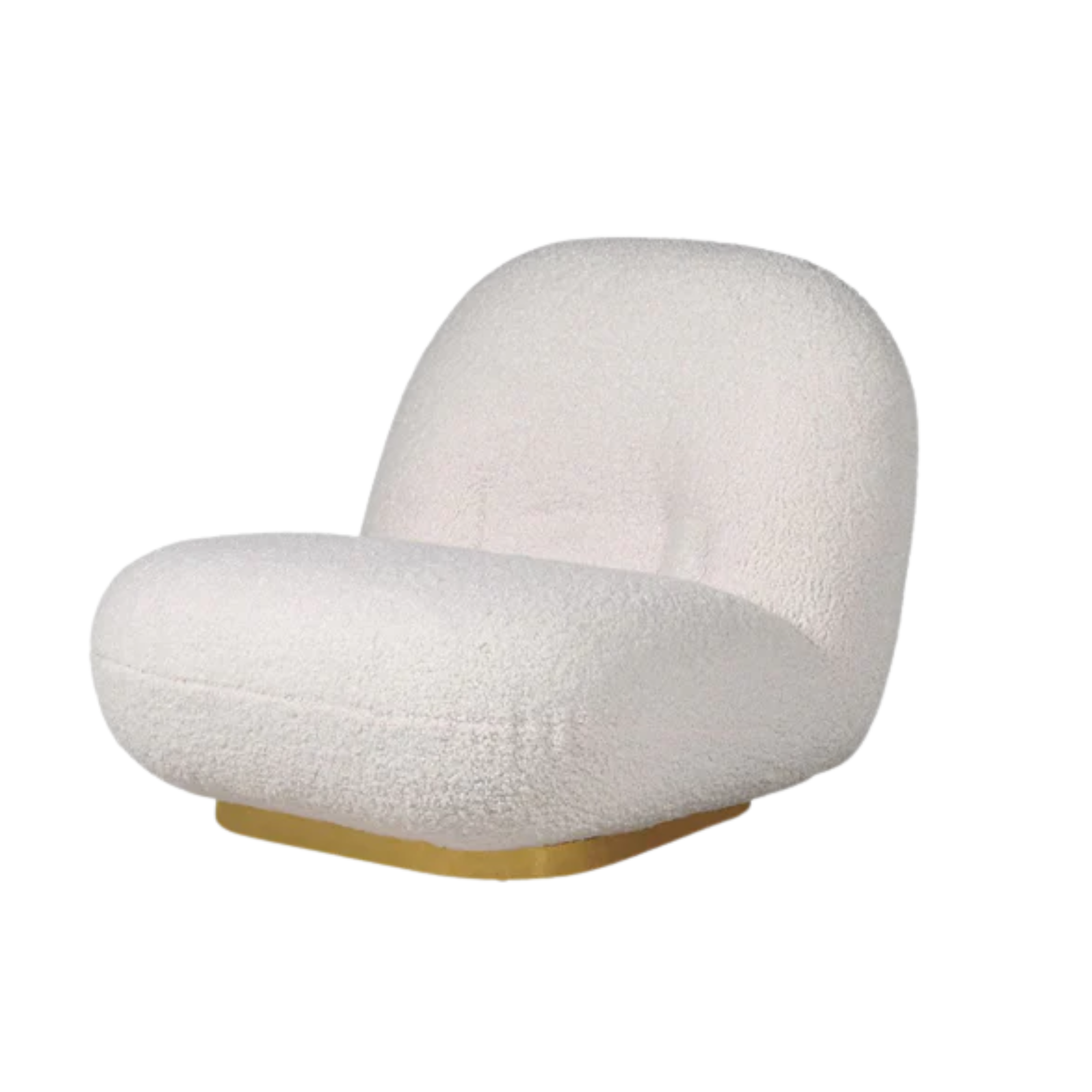Corduroy vs Bouclé — Which Is the Most Stylish Choice for Your Home in 2025?
While one is nubby, the other is smooth and lustrous. Both introduce subtle texture to a space, so how do you pick?

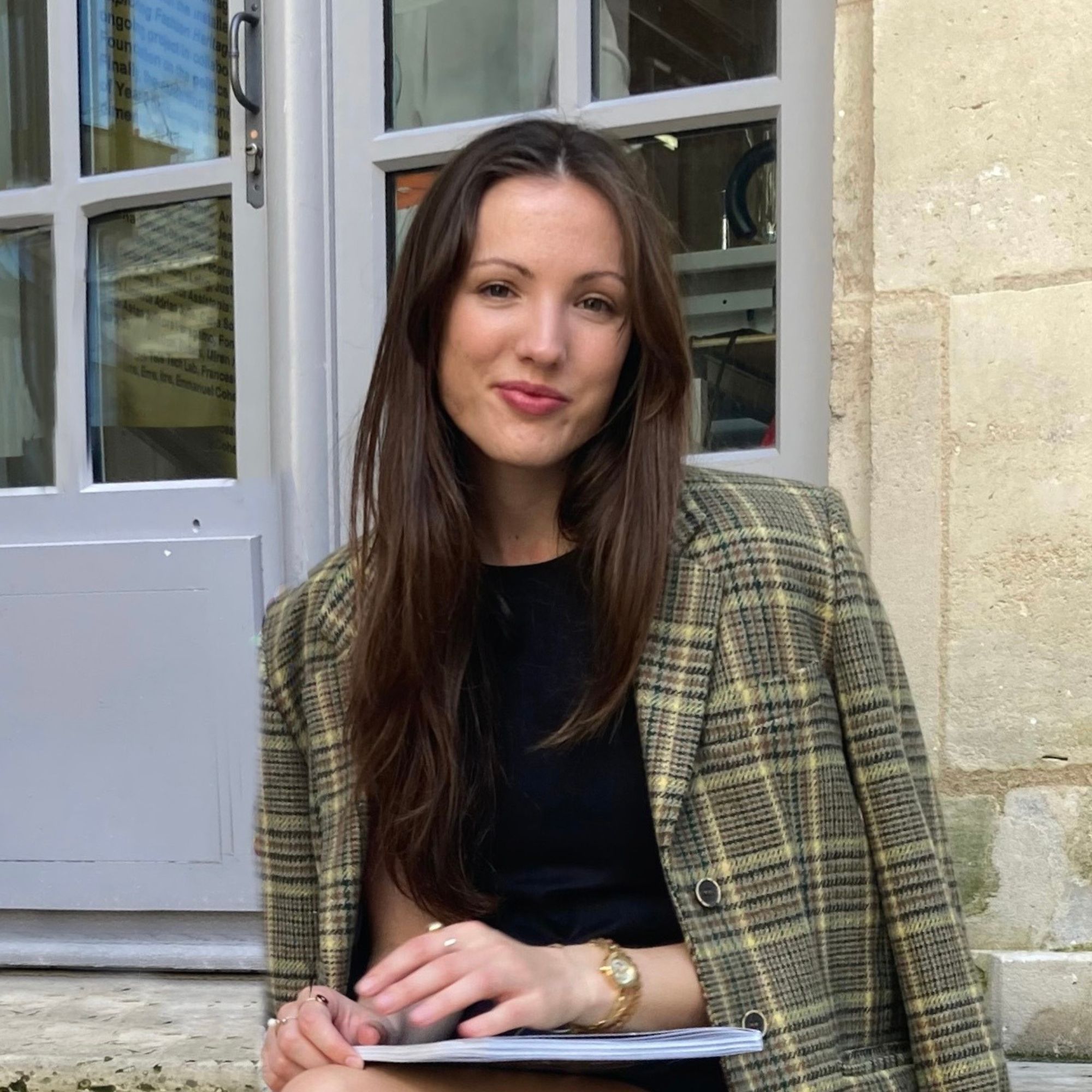
Unless you've been hiding under a rock, it's likely you've seen the way bouclé has dominated the design scene over the last few years. It's on couches, ottomans, lamps, pillows... but as with any trend, there comes a time when popularity turns into predictability, and we start looking for something new. And could that 'thing' be corduroy?
Certainly not a new fabric trend, corduroy is currently enjoying a long-awaited moment in the spotlight again, as we turn our collective attention back to 1970s design. "We see corduroy used almost exclusively in designs from the 1970s (the fabric’s first real heyday) and of more recent vintage," explains 1stDibs’ editorial director Anthony Barzilay Freund.
But that's not to suggest it's older than bouclé — no, Anthony shares that the nubby fabric first took off after designer Eero Saarinen used it for his Womb chair in the mid-1940s. Now, almost 80 years later, you can hardly walk into any home without seeing something upholstered in the fabric.
So, it's clear they both have a long-term place in the interior design scene, so how do you pick? Which is better? Bouclé vs corduroy? In order to decide, let's take a closer look at each.
Corduroy Fabric
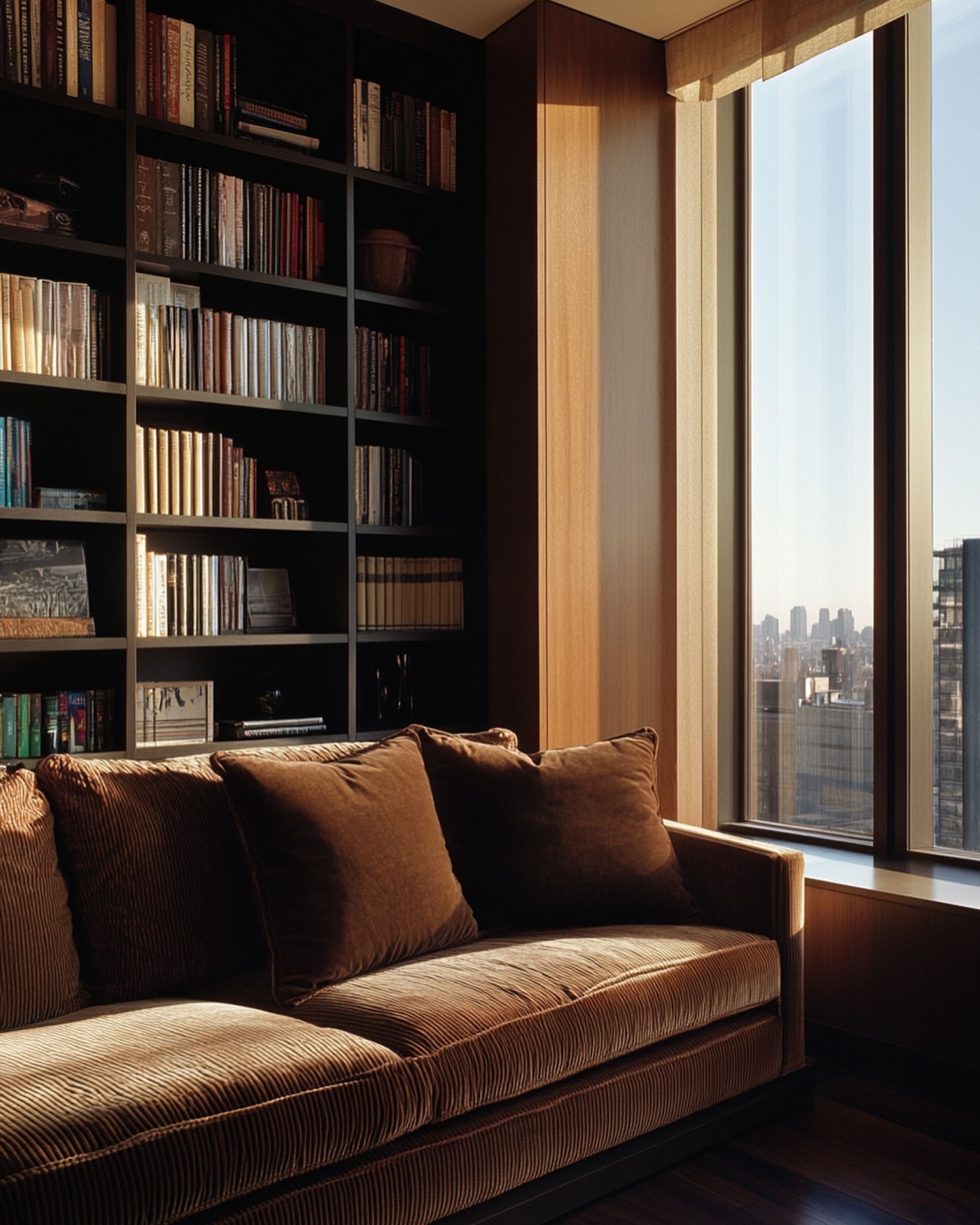
While corduroy has links to the vibrancy of 70s interior style, it also as a rich depth to it thanks to its ridged texture.
Corduroy has strong ties to the 70s, and therefore it's common to see the fabric dyed in vibrant colors that are reminiscent of the time period. However, aside from its potential for vibrancy, corduroy can have depth, warmth, and a traditional sophistication to it.
It's the perfect material for a cozy living room, according to Philippe Desart, managing director of Arte International. "Its soft, ridged texture wraps interiors in a cocoon of comfort," he adds. "Timeless yet relaxed, this understated fabric invites a sense of ease and intimacy, creating rooms that are as welcoming as they are refined."
And while corduroy is just as well-known as bouclé, it certainly doesn't have the same level of notoriety as the nubby fabric. "Corduroy has been less ubiquitous [than bouclé] and manages to fly a bit more under the radar, perhaps because its defining texture is less easy to discern from across a room," says Anthony Barzilay Freund.
It's subtle, yet alluring and perfectly textural in an understated way.
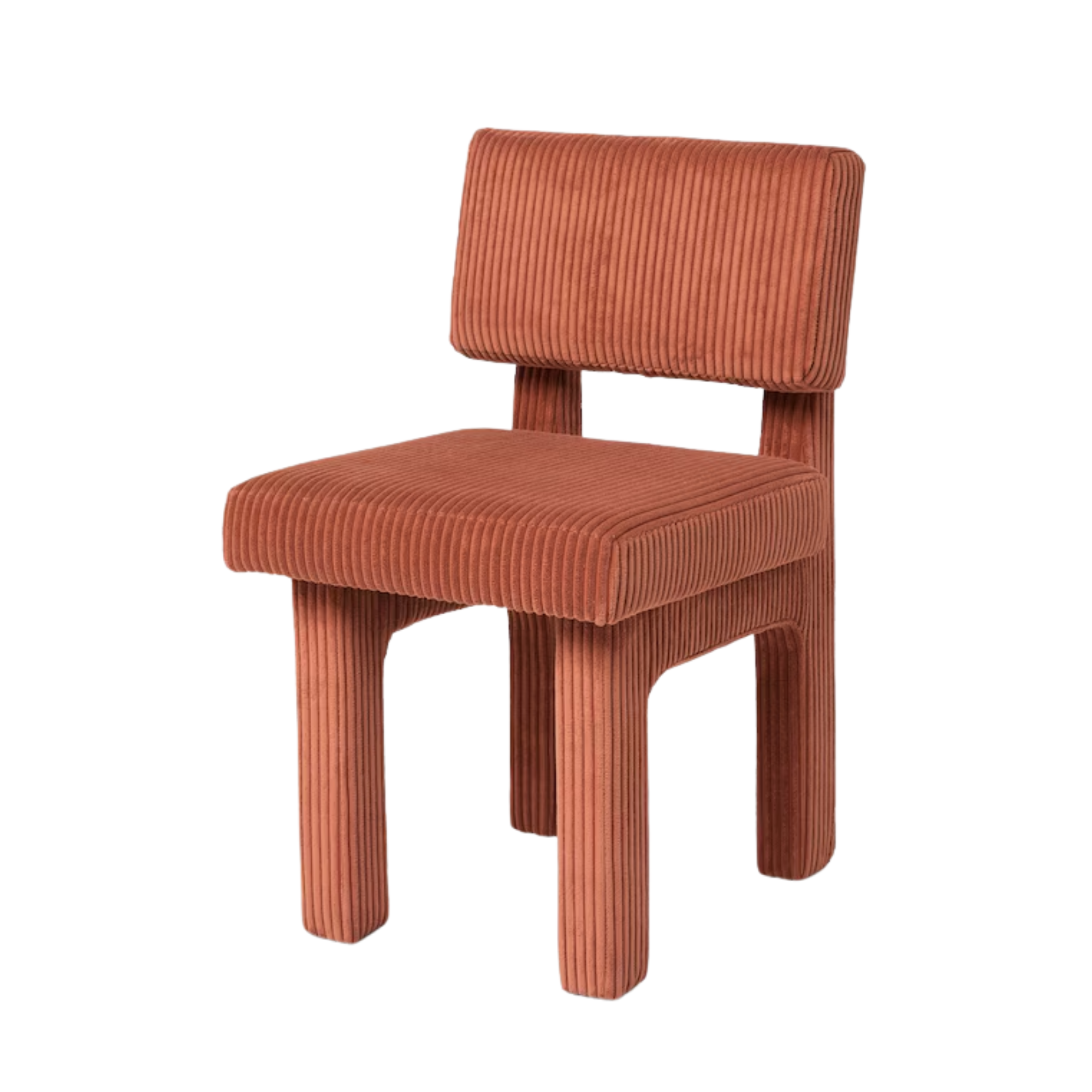
From texture alone, corduroy instantly adds an intriguing depth to any space. But since it's a fabric that has strong ties to the 70s, why not look for corduroy pieces in a traditionally 70s color palette? This dining chair (which comes in a set of two), will do just the trick.
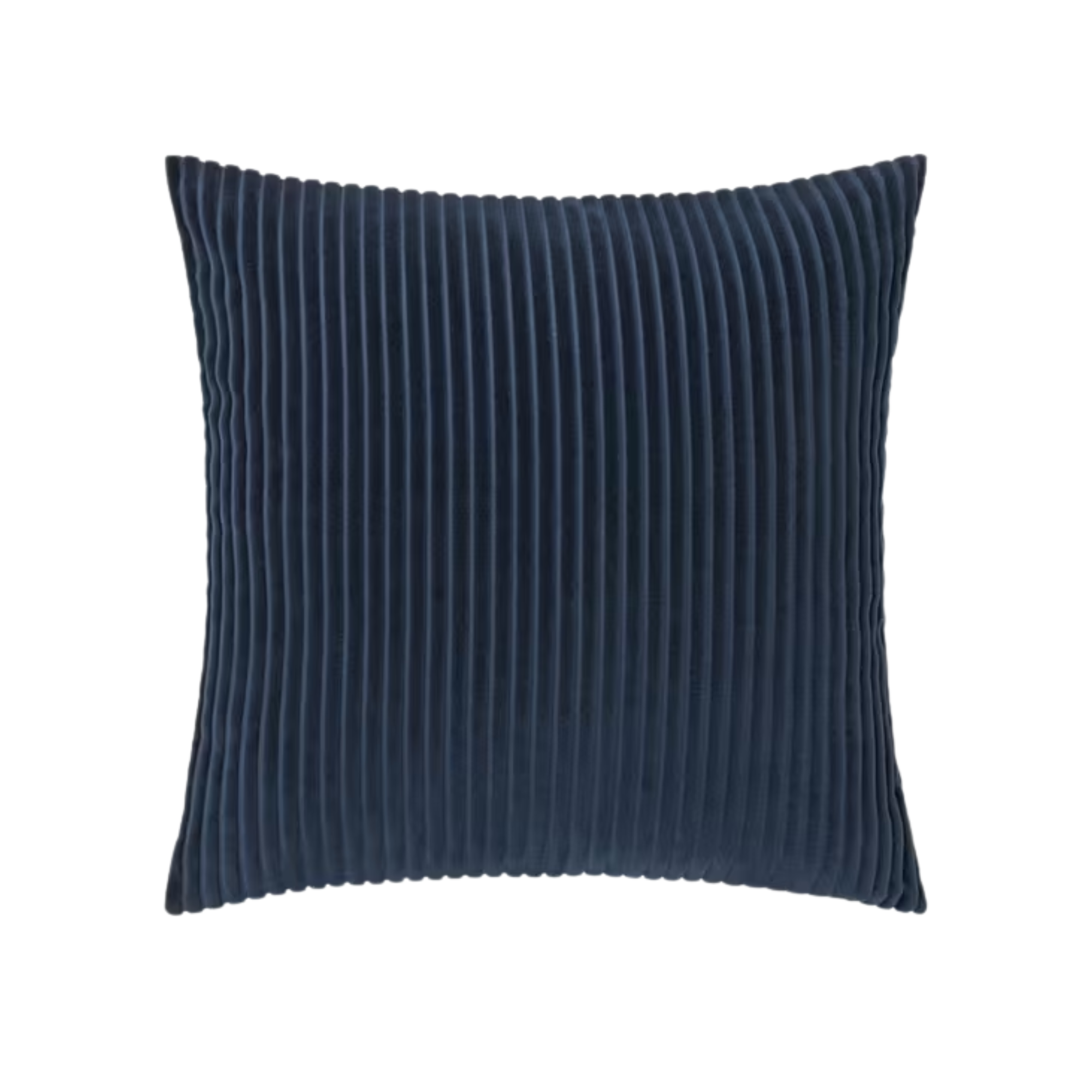
If you're looking for something small that'll give your space some texture, opt for a corduroy throw pillow, like this one. Aside from its unique ridged feel, the deep blue color adds to its allure. Use this pillow to bring some depth to your room.
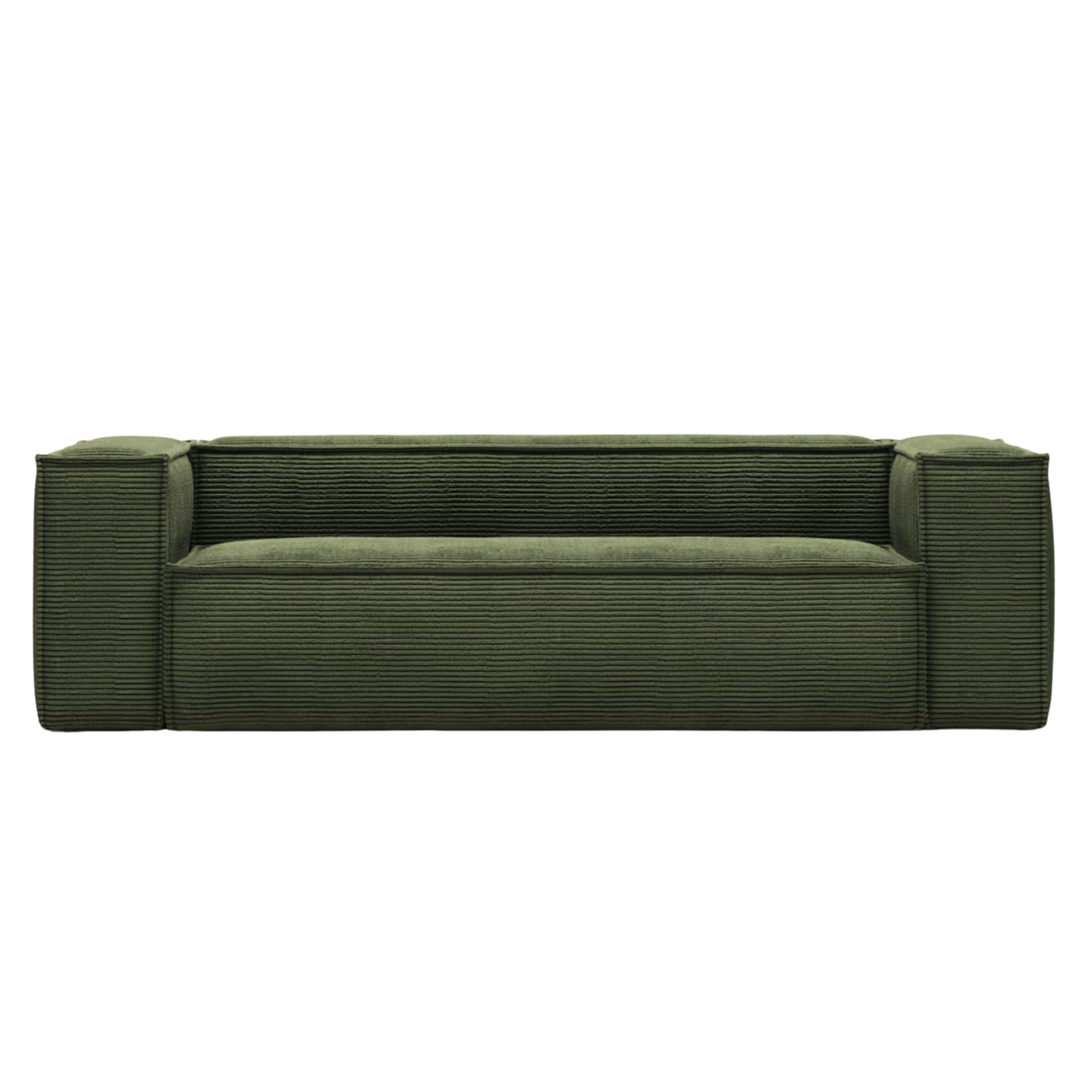
If you love this fabric and just need to bring it into your home, opt for something large like a corduroy sofa. This sofa is designed to fit three people and is finished with ultra-comfortable corduroy — perfect for relaxing in front of the TV or taking a nap.
Bouclé Fabric
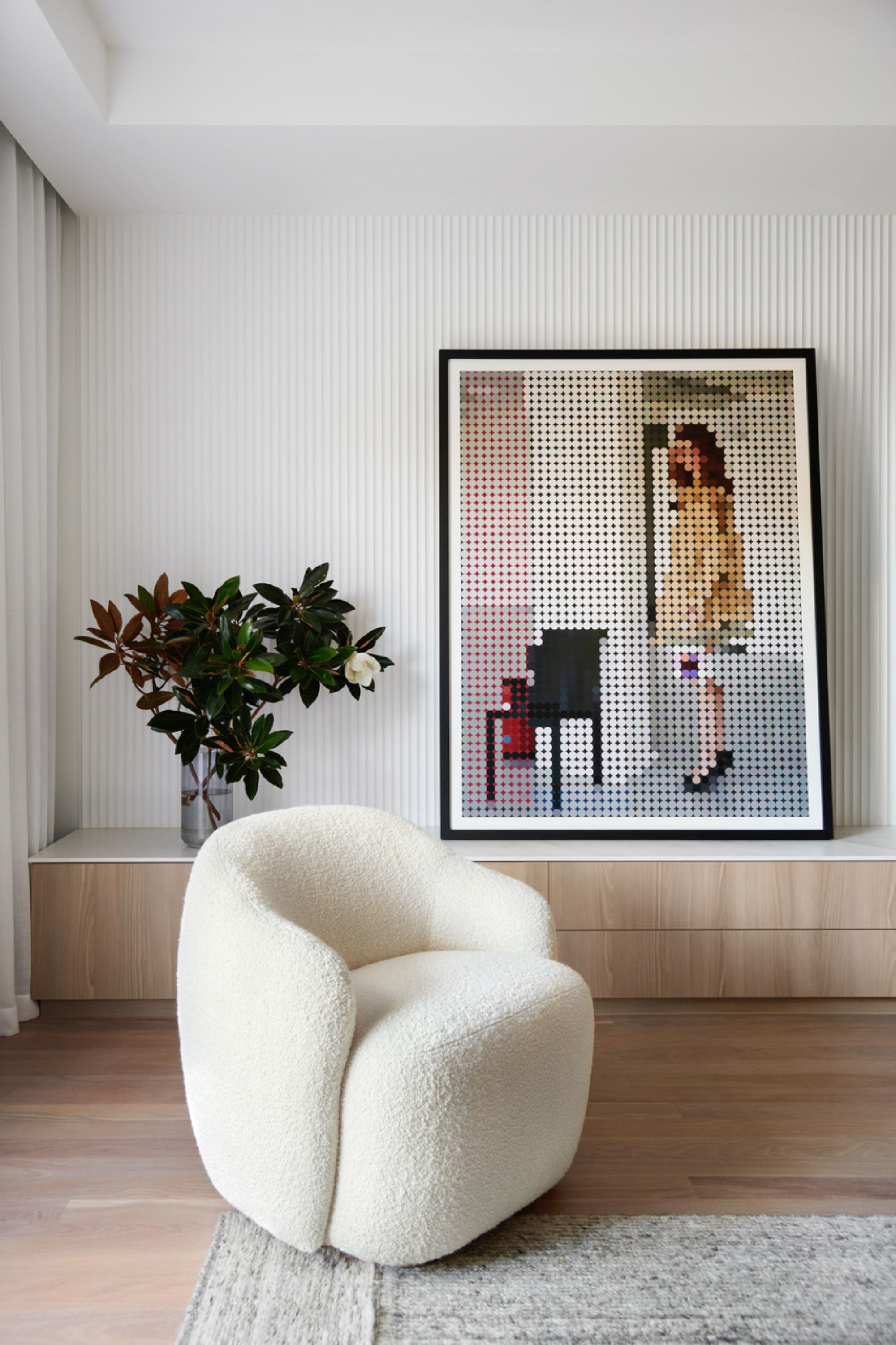
Bouclé upholstery was a major feature of the quiet luxury trend — the fabric adds a textural intrigue to a space that might be otherwise minimal.
Bouclé is a fabric that came in hot to the interior design scene. Although it's technically been around for decades, its popularity took off in the last few years — especially thanks to the quiet luxury trend.
Where bouclé is matte and nubby, corduroy is lustrous and straight-lined. That's not to say it looks bad, but perhaps its overuse has slowly slipped into 'overdone'? "Truth be told, bouclé's popularity has turned it into a bit of a cliche," says Anthony Barzilay Freund.
But that's the irritating thing about trends. Popularity becomes predictability. But bouclé has already been around for decades, and it'll continue for many more. "I somewhat sheepishly (excuse the pun) admit that bouclé still manages to be fresh and inviting to my eyes no matter how many iterations of the upholstery I’ve seen," Anthony confesses.
So while bouclé might be overused, it seems we're not over it just yet.
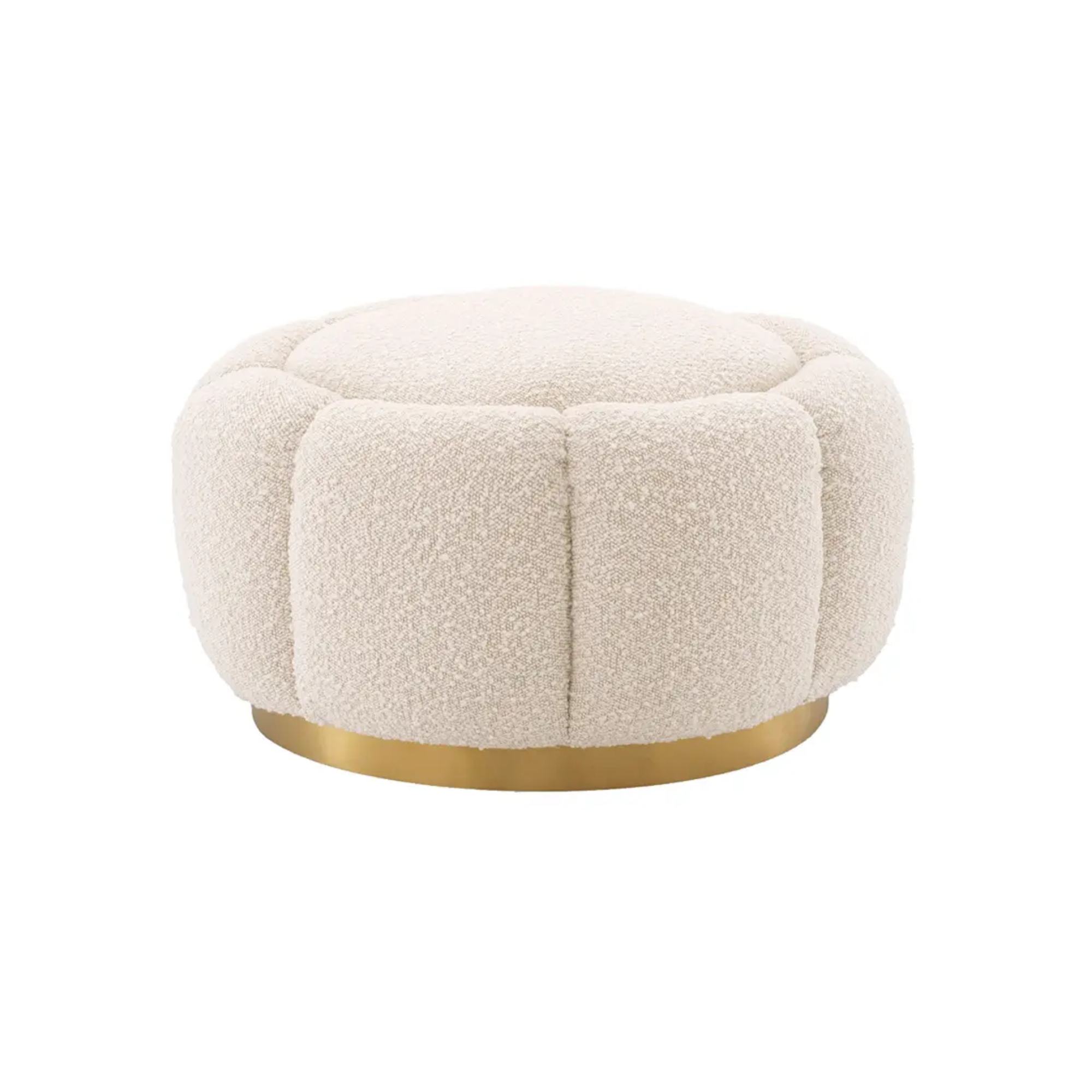
We often see bouclé decor in neutral colors because of its connection to quiet luxury or minimalist aesthetics. This white ottoman would be the perfect addition to a cozy minimalist living room thanks to its soft material, round shape, and the unique touch of deep stitching.
So, Bouclé vs Corduroy?
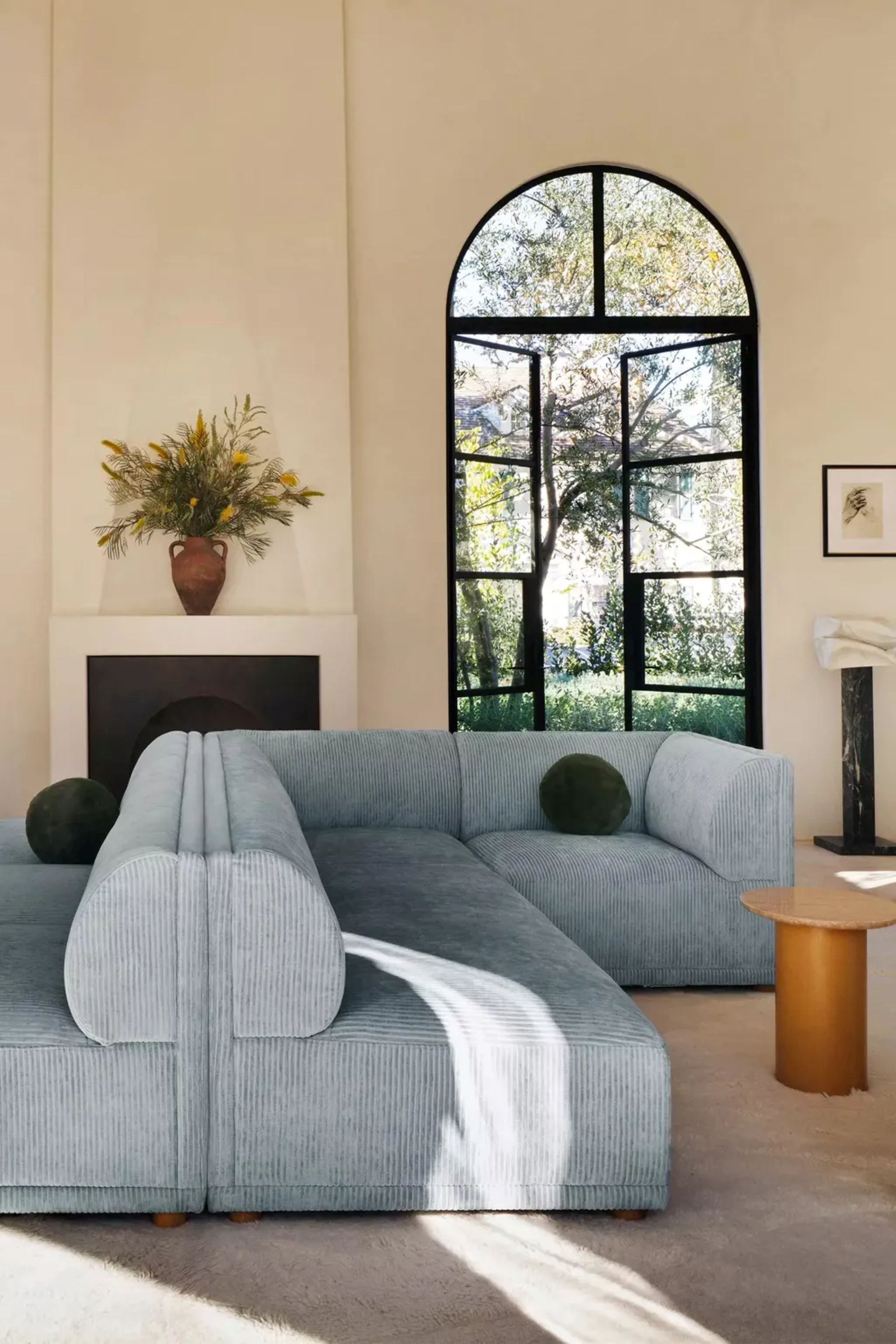
The rigidity of the corduroy texture adds an intriguing allure in any room.
Corduroy and bouclé both bring a unique charm to the world of interior design. That's a fact. While corduroy has a ridged yet soft texture that evokes a sense of nostalgia thanks to its strong ties to 70s style, bouclé, conversely, offers a fresher, more modern look with its looped and nubby texture.
Is it time for corduroy to replace bouclé? It feels almost like a popular opinion these days to reject bouclé — a sign that you a bold enough to defy interior design trends. But look to the market, to design shows, to people's homes. There's a reason bouclé furniture is still everywhere: people are still buying it, because they still love it.
So if you still love bouclé, buy bouclé. But if you find yourself bored by it, perhaps corduroy is the counter you've been waiting for.
Be The First To Know
The Livingetc newsletters are your inside source for what’s shaping interiors now - and what’s next. Discover trend forecasts, smart style ideas, and curated shopping inspiration that brings design to life. Subscribe today and stay ahead of the curve.

Devin is a New York-based Style Editor for Livingetc who is keen on all aspects of personal style. From a young age, she was drawn to the design world, whether that was taking sewing classes in her hometown, or flipping through the pages of her mother’s interior design magazines. She spent hours on end watching HGTV home improvement and design programs, often sharing her opinions as if the TV could hear her.
After graduating from Villanova University with a BA in Communication and Spanish Language Studies, Devin moved to Paris, France to pursue her Master’s Degree in Fashion Studies at Parsons. It was here she refined her love for style in every sense of the word. While there to study fashion, living in Paris allowed Devin to fall in love with interior style. She grew fond of the city’s mix of both classic and contemporary designs that felt intentional and personal.
After moving back to the United States, Devin worked at Tom Ford and later Cosmopolitan Magazine. She loves sharing design choices with her readers, from explaining how to incorporate trends into interior spaces to sourcing the best products for your home. Devin believes style should be inclusive, exciting, and at its core, fun.
-
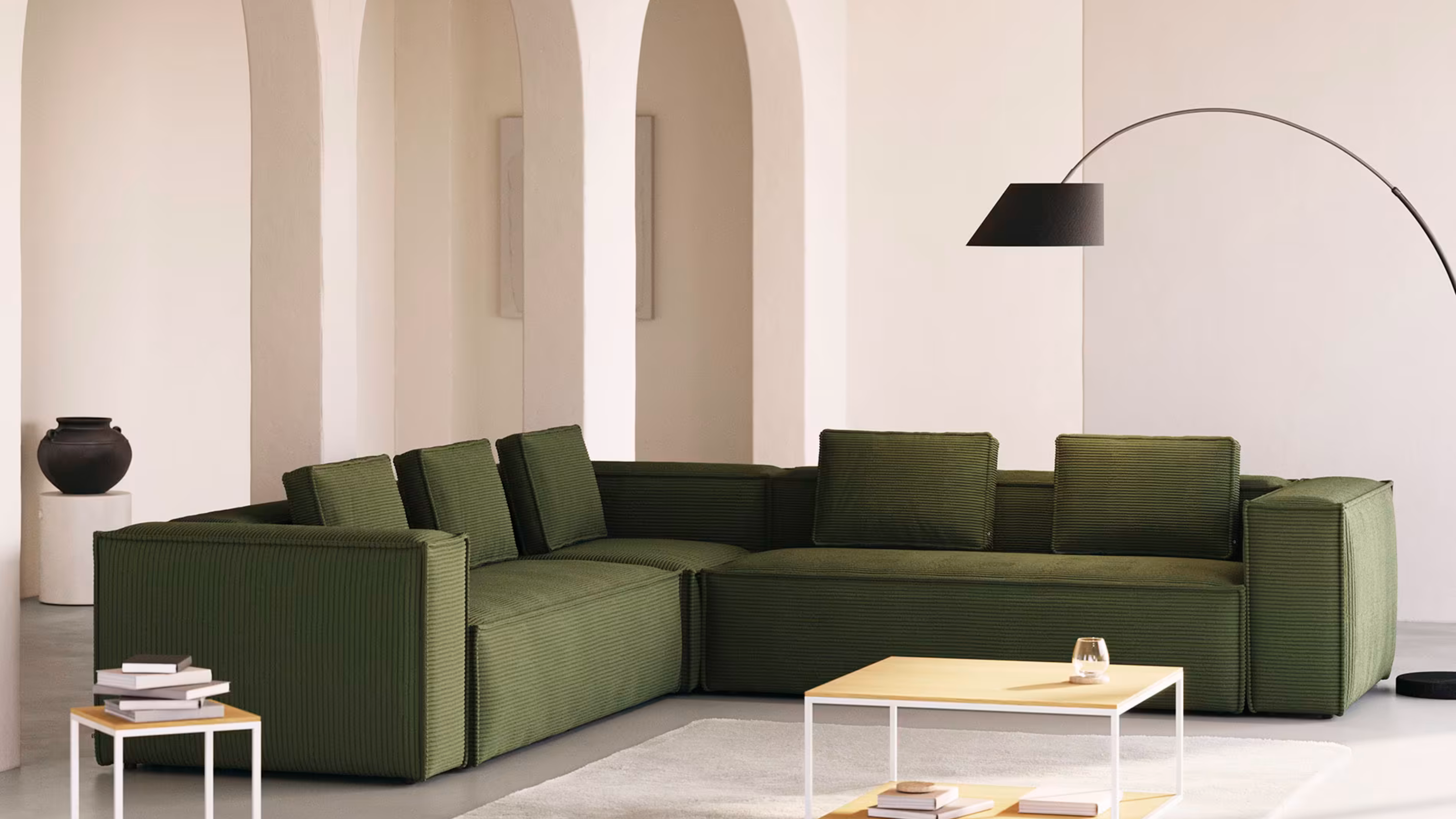 Bouclé vs Corduroy — The Difference Between The Textured Fabrics That Have Captured Our Collective Attention Lately
Bouclé vs Corduroy — The Difference Between The Textured Fabrics That Have Captured Our Collective Attention LatelyFor years, bouclé has captivated the interior design scene. But corduroy might be giving the quiet luxury fabric a run for its money
By Devin Toolen
-
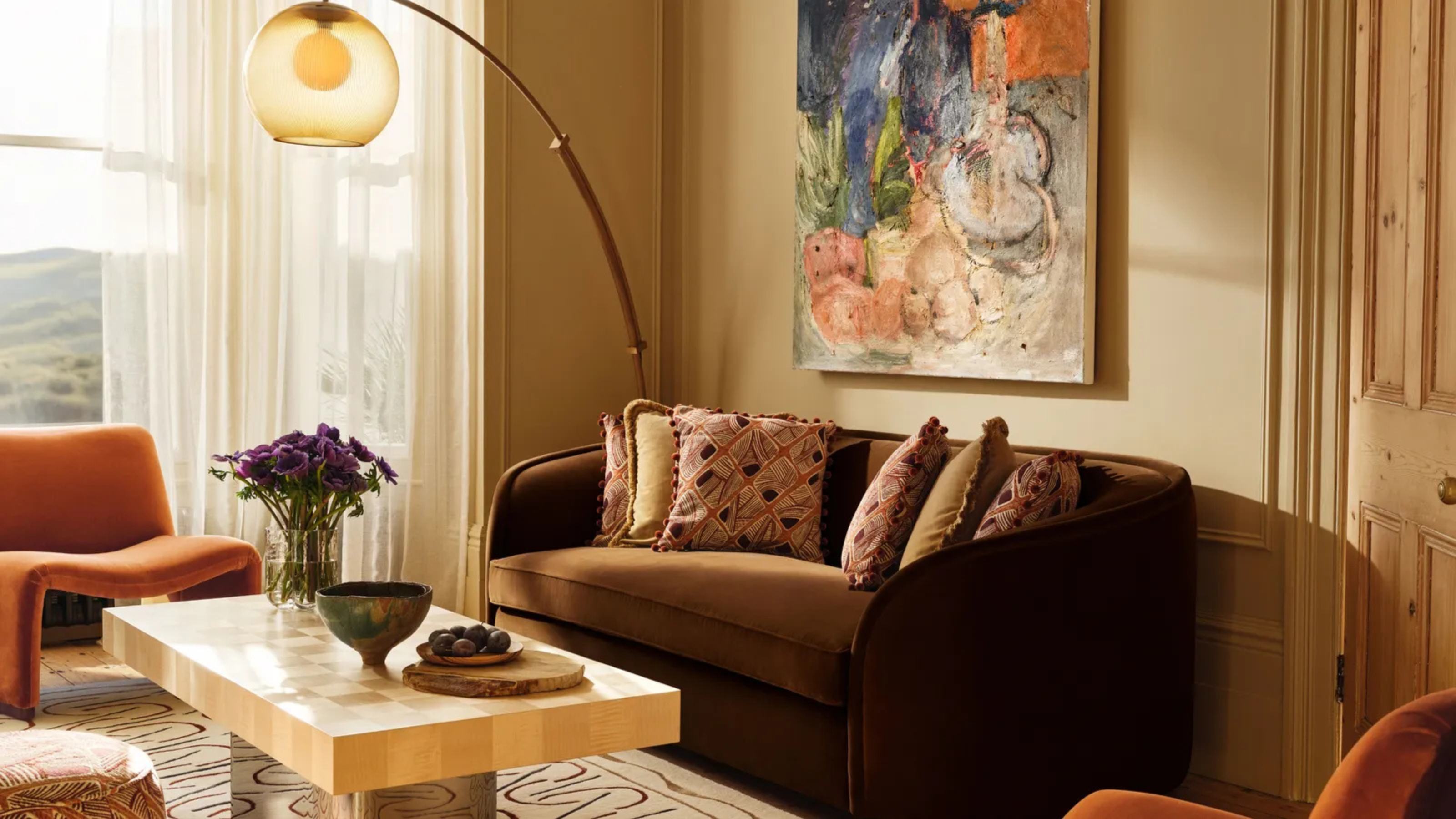 The 70s Are Back, Baby, but Not All Trends From the Decade Deserve a Revival — Here's the Looks to Avoid That Will Just Date Your Home
The 70s Are Back, Baby, but Not All Trends From the Decade Deserve a Revival — Here's the Looks to Avoid That Will Just Date Your HomeFrom an overwhelming use of orange to toilet carpets (eww!), designers reveal which 70s interior trends are best kept in the past
By Devin Toolen
